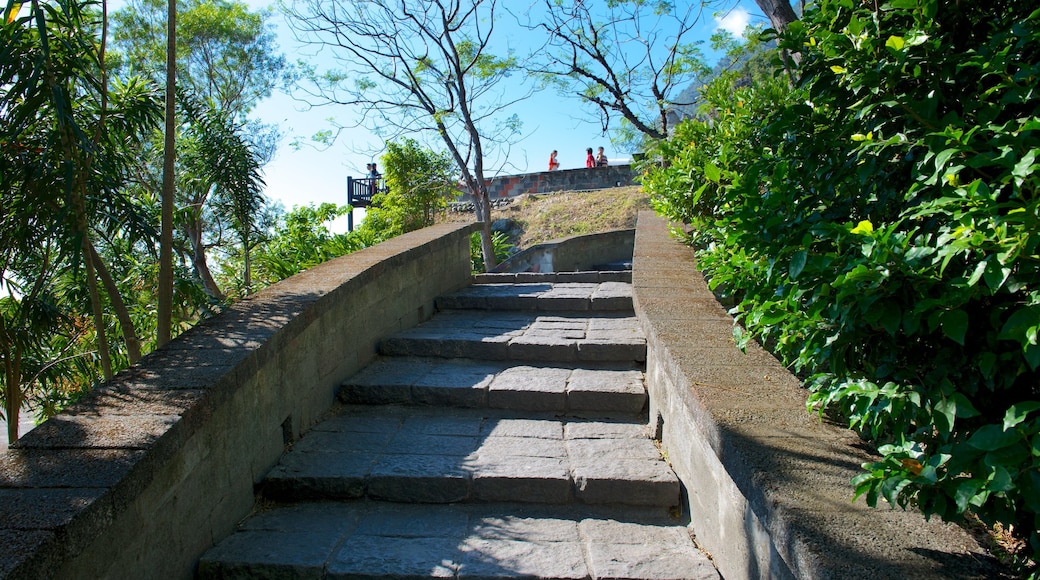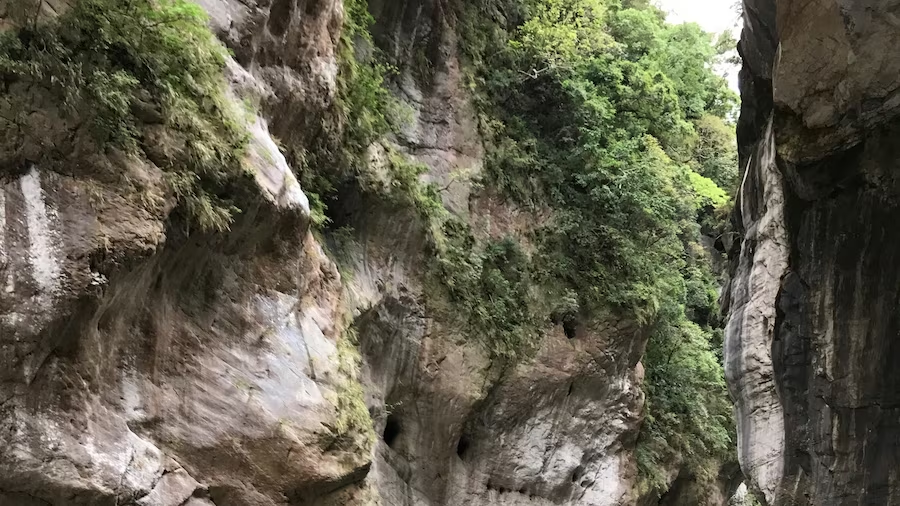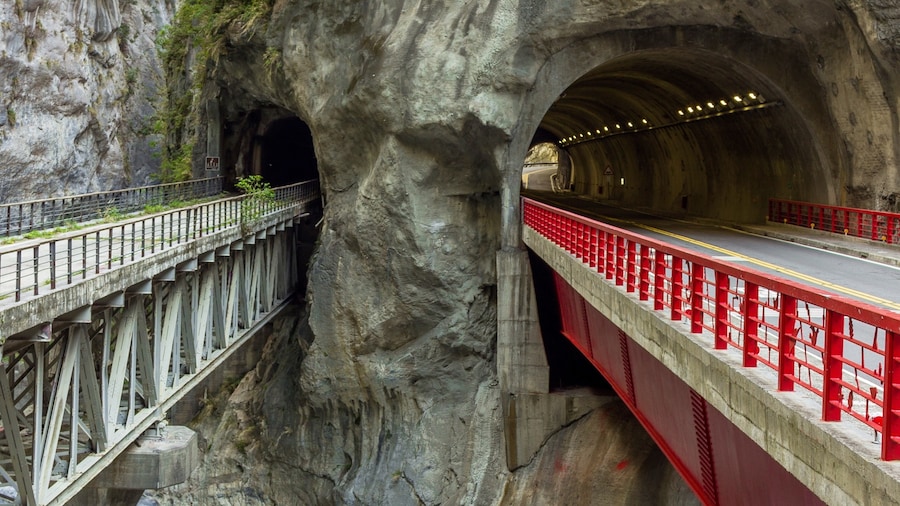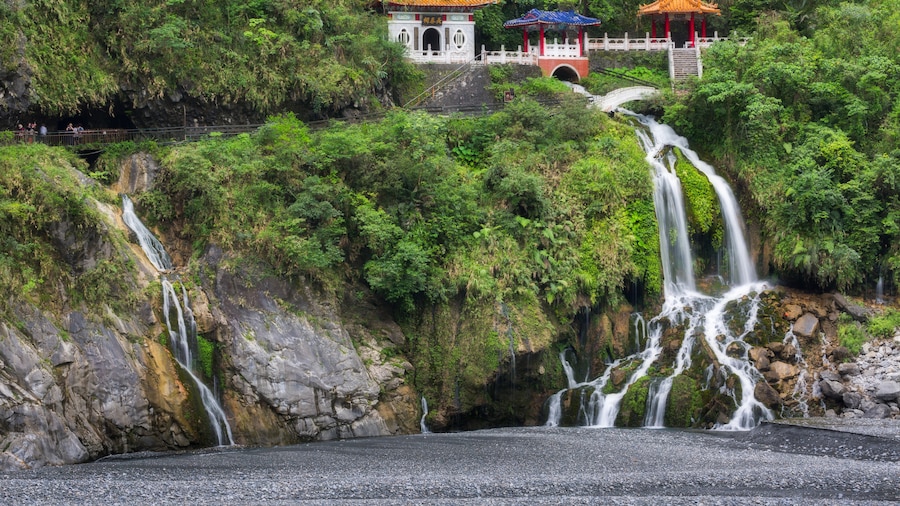Drive along a coastal highway dwarfed by spectacular cliffs that extend for miles and plunge dramatically into the Pacific Ocean.
Ching-Shui Cliff forms the easternmost section of Taiwan’s Central Mountains. This geological marvel stretches for more than 13 miles (21 kilometres) between Chongde and Heren and rises up to 3,280 feet (1,000 metres) above sea level in places.
Although the exact age of the rocks is unknown, they are millions of years old. Some geologists suspect they are among the oldest in Taiwan.
Enjoy the dramatic coastal scenery with a drive along the Su-Hua Highway, which is narrowly wedged between this rugged cliff and the Pacific Ocean below. The route was established in 1874 by the Qing government and later works widened the road to accommodate ever greater volumes of traffic. It is possible to walk and bike along some sections of the old road, which is no longer open to large vehicles.
Your drive along the highway will take you through several tunnels that have been cut into the marble and schist rock faces. Be sure to stop at the pullover park just before the last tunnel, where you can admire the incredible views.
Walk down the Chongde Trail, which begins from a sightseeing platform located just north of the Chongde Tunnel. As you stroll along this short stone path, stop to read the information plaques, which describe the local flora.
At the end of the path is the shingle Chongde Beach. This spot offers beautiful views of Ching-Shui Cliff and you should also be able to see the Liwu River and the Chongde Delta from here. Note that swimming is prohibited at this beach.
Ching-Shui Cliff is located in eastern Taiwan on the edge of Taroko National Park. Avoid visiting during the typhoon season, because the Su-Hua Highway is often closed by falling rocks.
Buses leaving from Hualien en route to Chongde drive a short way along the coastal highway, but you can explore more of the area by renting a car or motorbike.


















